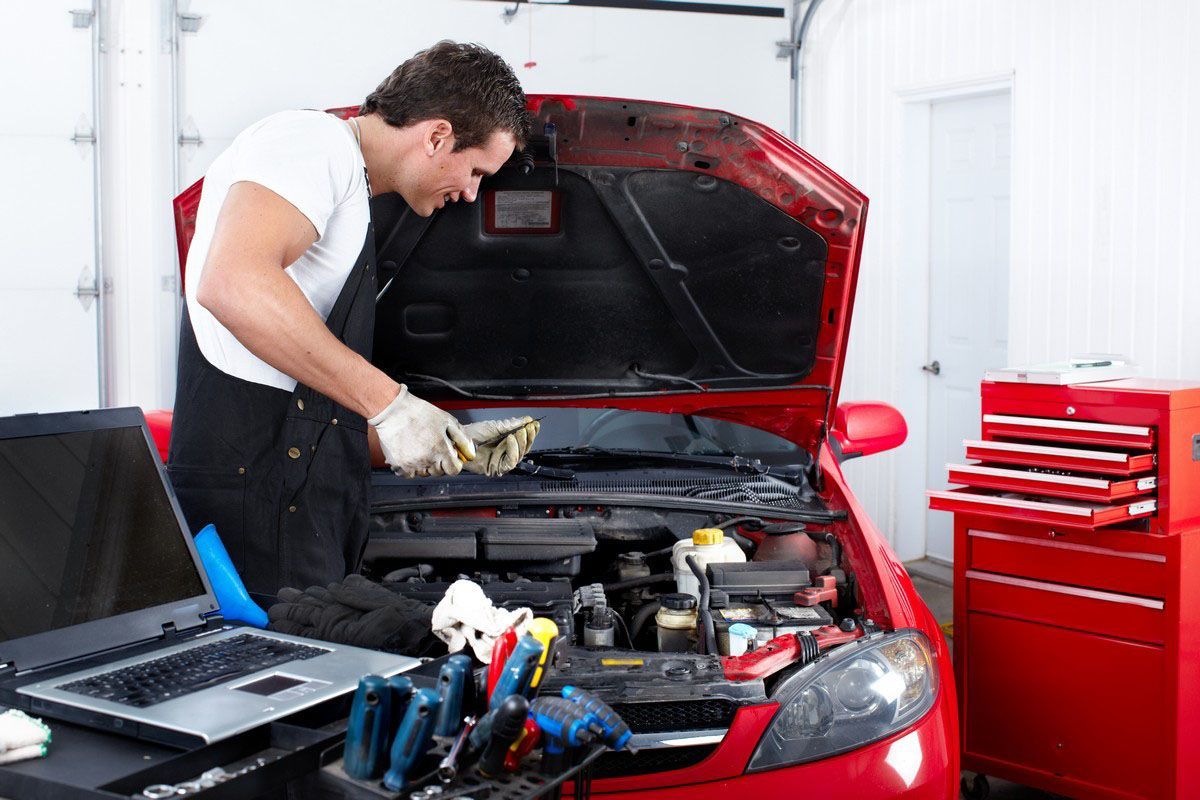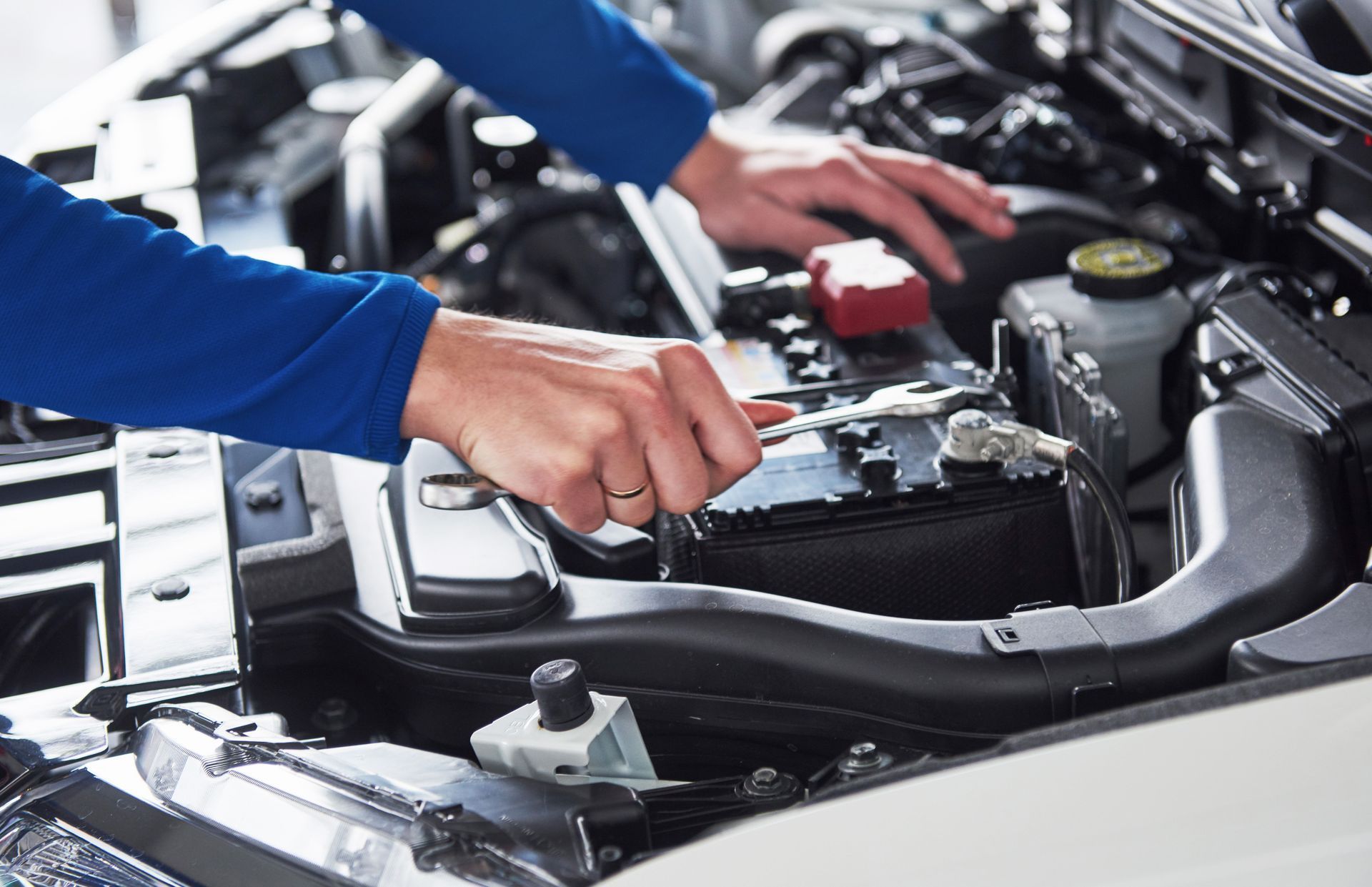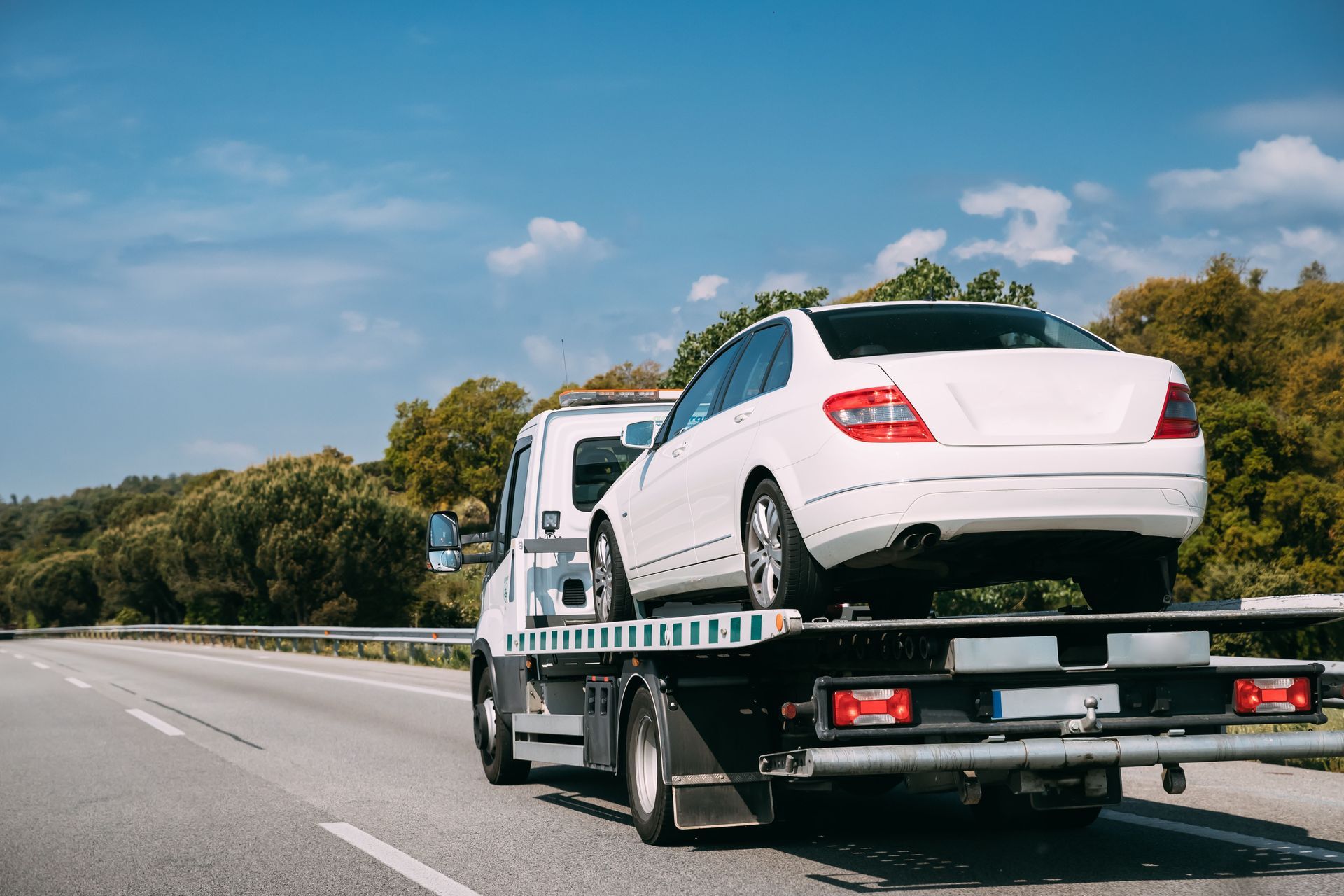October 28, 2025
DIY car repair has become increasingly popular as more vehicle owners attempt to save money and gain a sense of satisfaction from fixing their own vehicles. With countless resources available online, it's tempting to take on even complex repairs without professional help. However, despite good intentions, DIY endeavors can sometimes result in costly and dangerous outcomes. This article explores various scenarios where DIY car repairs can backfire, emphasizing the importance of understanding one's limitations and knowing when to call a professional. By examining these situations, readers will gain insight into the potential pitfalls of DIY repairs and how they can impact vehicle safety and longevity.
1. Misdiagnosing the Problem
Misdiagnosing issues in your vehicle can lead to a cascade of unnecessary repairs and potential damage. Without professional diagnostic tools, many DIYers rely on trial and error, which can be both time-consuming and costly. The complexity of modern vehicles further complicates accurate diagnosis, as problems are often interconnected and not easily discernible without specialized equipment. In attempting to fix one problem, inexperienced mechanics may inadvertently cause or overlook others, leading to compounded issues over time. Therefore, accurate diagnosis is crucial but challenging for the average DIY mechanic.
Over-reliance on online advice can exacerbate the issue of misdiagnosis. While online forums and tutorial videos offer a treasure trove of information, they can also be misleading and contradictory. Many forums are filled with anecdotal advice that may not be applicable to every situation, leading to potentially hazardous repairs. Additionally, not all online advice comes from certified or experienced mechanics, increasing the risk of taking misguided actions. Vehicle manufacturers frequently update and recall information, which is not always promptly reflected in online advice you may stumble upon.
Understanding the complexity of interconnected car systems is critical yet often neglected in DIY repairs. For instance, a malfunction in the vehicle's electronic system could be due to something seemingly unrelated, like a corroded battery terminal. According to Investopedia, the average passenger car on U.S. roads was 14 years old in 2024, making it likely these vehicles have unique, undocumented wear patterns that online advice cannot account for. Misunderstanding how different components interact can lead to incomplete or ineffective repairs. This not only risks the safety of the vehicle but also drives up costs as more parts become compromised due to unresolved initial issues. In light of these challenges, misdiagnosing can sometimes do more harm than good.
2. Overlooking Safety Precautions
Safety precautions are paramount when working under a vehicle, yet they are surprisingly often overlooked by DIYers. Lifting and securing a car require specific tools, such as jack stands, to prevent catastrophic accidents. Improperly secured vehicles can fall, causing severe injuries or even fatalities. Many amateur mechanics fail to recognize that their everyday floor jacks are insufficient and not designed for long-term load bearing. Investing time in learning safety protocols can prevent dangerous oversights when working beneath a vehicle.
Handling hazardous materials, commonly used in various automotive repairs, introduces additional safety risks for the untrained. Toxic substances like coolant, brake fluid, and battery acid require proper handling to avoid injury. Without the appropriate personal protective equipment (PPE), such as gloves and goggles, one is at risk of serious burns and respiratory issues. Proper disposal methods must also be followed; pouring hazardous fluid down the drain is both illegal and environmentally damaging. Understanding and adhering to these guidelines is crucial to safely managing these dangerous materials during any DIY repair.
Inadequate ventilation is another easily overlooked safety measure. Many repairs require working in enclosed spaces like garages, where a buildup of harmful fumes can occur. Inhalation of these fumes, such as gasoline or solvent vapors, can cause immediate health effects like dizziness and headaches or long-term respiratory issues. Appropriate ventilation or breathing equipment must be used to prevent inhaling these toxic emissions. By prioritizing safety precautions, one can mitigate these risks during DIY car repairs.
3. Lack of Appropriate Tools
Makeshift tool substitutions pose a considerable risk to vehicle components and personal safety. Using the wrong tool for a job can lead to slipped bolts, stripped screws, or even broken parts. Makeshift tools often lack the precision and integrity required for complex automotive work, further complicating repairs. Additionally, this mishandling can lead to unintended damage to other vehicle systems, increasing both the scope and cost of the repair. Proper tools are vital for the task at hand and should be a priority investment.
Modern car systems have been extensively engineered, and many components now require specialized tools for maintenance. Precision parts, like sensors and delicate electronic connectors, need dedicated tools to prevent damage. Attempting to remove or adjust these components without proper tools can render them inoperative. As such, specialized tool acquisition is not simply a recommendation but a necessity for maintaining the integrity of the vehicle components. Failing to utilize these tools can render a vehicle less reliable over time, creating more significant problems in safety and functionality.
Beyond the correct tools, precision in calibration is essential, and inadequate torque or calibration tools can be problematic. The tightening of bolts to exact specifications is critical for maintaining component integrity. Over or under-torqued components can create premature wear or catastrophic failure. Using low-quality generic torque wrenches adds another layer of risk, as inaccuracies in calibration proliferate the problem. Therefore, utilizing high-quality, precise tools ensures reliability and safety in every repair.
4. Costly Mistakes and Hidden Expenses
Incorrect part installation can spiral into further vehicle damage and added expenses. Whether from misaligned components or improperly secured parts, this oversight often results in additional repairs. Reversing such damage necessitates removing and reinstalling parts correctly, adding to total repair time and labor cost. Misalignment can also increase vehicle wear, reducing the lifespan of the parts or causing additional malfunctions elsewhere. DIYers must consider whether their skill level and understanding justify the cost of potential re-dos.
Some DIYers may also overlook compatibility, opting for non-compatible parts solely based on cost. These can cause system failures, as vehicles have increasingly sophisticated and precise requirements. The rush to complete a project can lead one to neglect vital research or cross-reference parts for compatibility. A short-term, money-saving decision to go with a cheaper, non-compatible part can lead to long-term ramifications on the vehicle's health. Ultimately, this can impose more significant costs and a less reliable vehicle.
Time and effort spent on DIY repairs often far exceed initial expectations. Many underestimate the learning curve and overestimate their abilities, dedicating countless hours to researching and attempting repairs. In this scenario, time is money. The delays imposed by a learning curve and research take a significant time investment, potentially sidelining the vehicle for days or weeks rather than hours. When factoring in this time lost—and the higher likelihood of mistakes—it becomes apparent that outsourcing to professionals, equipped with experience and knowledge, could be more cost-effective.
5. Lack of Expertise with Advanced Systems
Modern vehicles, with their advanced technologies, require a level of expertise many DIYers lack. The integration of electronic, hydraulic, and mechanical systems necessitates a comprehensive understanding of how these elements work together. The technological evolution in today's vehicles means repairs often demand specialized training, experience, and tools that are beyond the scope of most DIY enthusiasts. Missteps when dealing with these intricate systems can lead to vehicle malfunctions with safety implications. Seeking professional assistance ensures that these complex systems are maintained correctly to prevent future failures.
In conclusion, while DIY car repair can be a rewarding endeavor, it carries significant risks if one is unprepared. From misdiagnosing problems and overlooking safety precautions to facing the intricate challenges posed by advanced vehicle systems, DIYers may inadvertently cause more harm than good. The balance between achieving the satisfaction of self-repair and ensuring reliable vehicle operation lies within knowing one's limitations and being willing to seek professional help when necessary. Professionals bring not only expertise and experience but also a safety guarantee and efficient problem resolution, underscoring their vital role in modern vehicle maintenance. Be sure to reach out to J&J Towing & Service Center today for more information on our professional car repair!






